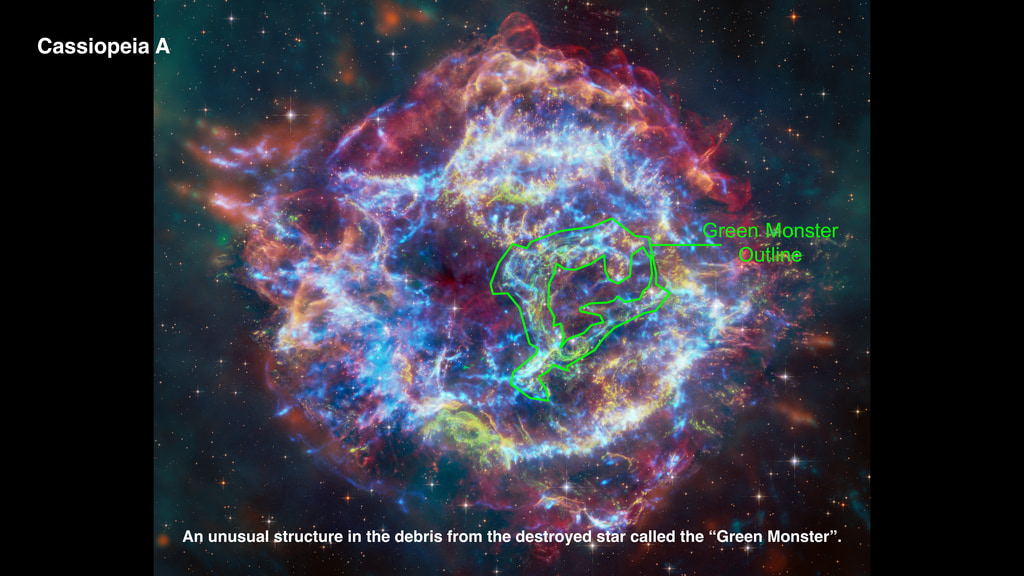Supermassive Black Holes
NuSTAR (the Nuclear Spectroscopic Telescope Array) is a NASA Small Explorer mission launched in 2012 and the first telescope in orbit to create images by focussing light in the high-energy X-ray (3 – 79 keV) region of the electromagnetic spectrum. NuSTAR is an active mission, coordinationing with other X-ray missions and responding to the rapidly changing X-ray sky. Its unique capabilities enable the study of a wide range of scientific targets, from supermassive black holes to our very own Sun.
In this video NuSTAR lead scientist Peter Boorman explains how the NuSTAR space telescope penetrates thick gas and dust to reveal black holes that other telescopes can’t see.
This video was prepared for use on the NASA Hyperwall from content originally published at https://www.jpl.nasa.gov/videos/using-x-ray-eyes-to-find-hidden-black-holes-nasas-nustar-mission/
Most supermassive black holes in the universe are hiding, but NASA’s NuSTAR mission can find them by using high-energy X-rays.
NASA/JPL-Caltech/Goddard Space Flight Center Conceptual Image Lab
Credits
NASA/JPL-Caltech/Goddard Space Flight Center Conceptual Image Lab • footage from “A Journey to the Center of the Milky Way: Stellar Orbits around its Central Black Hole”: data provided by Andrea Ghez and the UCLA Galactic Center Group, data obtained with the W. M. Keck Telescopes, visualization by NCSA Advanced Visualization Lab, permission granted by NCSA and additional use requires additional NCSA permission • footage from “Zoom into Our Black Hole Seen in a New Light”: ESO/L. Calçada, N. Risinger (skysurvey.org), DSS, VISTA, VVV Survey/D. Minniti DSS, Nogueras-Lara et al., Schoedel, NACO, GRAVITY Collaboration, EHT Collaboration
-
Technical support
- Marit Jentoft-Nilsen (Global Science and Technology, Inc.)
Missions
This page is related to the following missions:Release date
This page was originally published on Monday, June 9, 2025.
This page was last updated on Wednesday, June 11, 2025 at 11:32 AM EDT.
